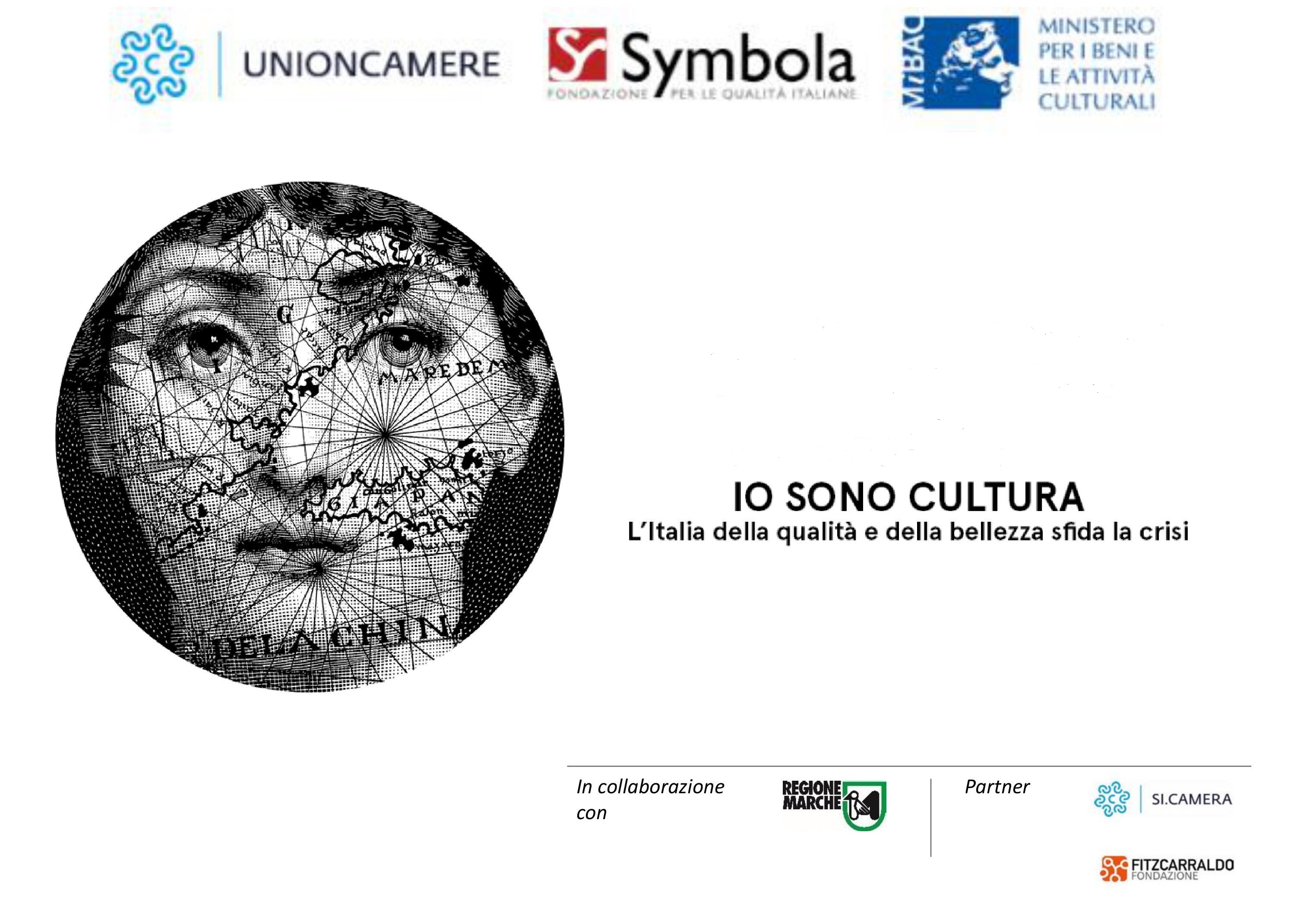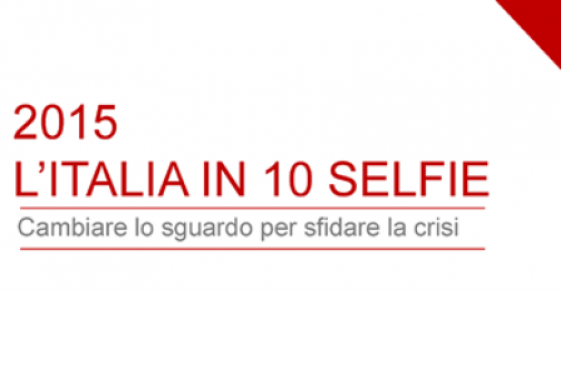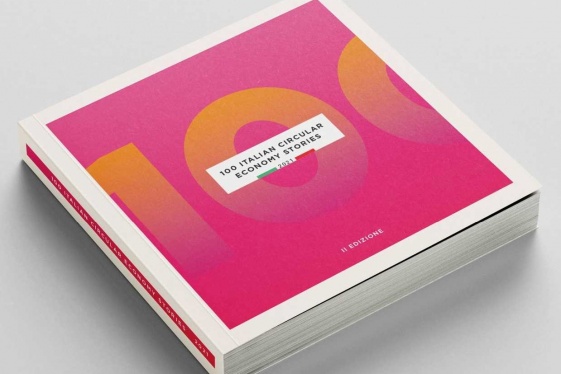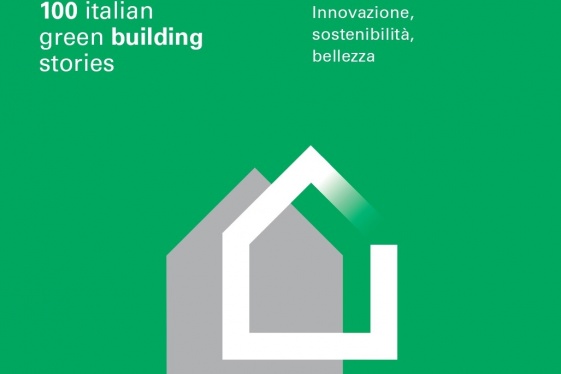

In 1990 in an article that appeared in The Atlantic, a magazine of American politics and economics, the American political scientist Joseph Nye invented the term Soft power. The concept, taken up and expanded later by the same author in a best seller with the same title, was opposed to the American hard power, based on the idea that the national affirmation is based on hard aspects such as gross domestic product, border defense or military power. Nye, on the other hand, proposed a more effective European soft way, able to influence the world and therefore compete, leveraging the conviction and the power of seduction of culture.
Almost thirty years have passed and for a strange tour of history, Nye's geography is once again of great topicality. Trump’s America first, an updated version of hard power, continues to have as a counterbalance the world's first market, Europe, with its 500 million consumers, 21 million companies, 2,800 billion euros of intra-EU trade and 1,500 billion euros of trade. A market with strong cultural traction, in which one third of the world's cultural workers live. And, while the new Creative Europe 2021-2027 program is in the pipeline, The European Parliament and the Commission already agree on the need to increase resources to support the supply chain. One of the important measures is the recent directive on (digital) copyright, in which the EU affirmed the protection of the creativity of European authors and publishers. In this direction, is moving, the French President Emmanuel Macron, engaged in the formation of a European alliance aimed at encouraging the growth of creative and cultural industries to counter the competition of American giants (Netflix, Disney, Apple in particular). Actions demonstrating that culture and creativity are still considered strategic for the development of a Europe which, in Article 3 of its Treaty, has in mind the preservation and development of culture.
Despite the fact that policies have never made a difference, Italy, thanks to the history and strength of society and business, enjoys great power of cultural seduction in the world, also certified by recent rankings. For the past nine years, Symbola Foundation and Unioncamere in collaboration with the Marche Region have dedicated the Io sono cultura relationship to culture and creativity and their ability to create a soft economy, a neologism that we have invented to indicate an economy that focuses on quality, enhancing the identity of communities and territories, respecting the environment and incorporating beauty. The Cultural and Creative Production System (as defined in the report the activity of the cultural and creative sectors and that of cultural and creative professionals wherever they operate) accounted for 6.1% of the Italian added value in 2018: over 95.8 billion euros. This figure increased by 2.9% compared to the previous year, while the Italian economy as a whole increased by 1.8% at current prices. About one third of this wealth is generated by non-cultural, manufacturing and service sectors, in which almost 600,000 cultural professionals (designers, communicators, directors, etc.) work to raise the quality and value, first symbolic and then economic, of goods and services. This also explains the gradual reduction in the quantity of goods produced by the country, whether shoes, eyewear or furniture, in favor of a significant increase in their value, at the same time reducing the quantity of material and energy per unit of product.
But culture also has an effect on the context thanks to a multiplier that we have estimated at 1.8: in other words, for every euro produced by culture, 1.8 is activated in other sectors. The 95.8 billion, therefore, 'stimulate' another 169.6 to reach 265.4 billion produced by the entire cultural chain, 16.9% of the national added value, with tourism as the first beneficiary of this effect flywheel. This competitive effect is also confirmed by the fact that the geographical areas with the highest cultural turnover are also those with a strong manufacturing vocation.
The Cultural and Creative Productive System (alone, without considering the other segments of our economy) employs more than 1.55 million people, 6.1% of total employment in Italy. Also growing: + 1.5%, with a result higher than the dynamics of the economy as a whole (+0.9%).
Io sono cultura - with its numbers and its stories and thanks to the valuable contribution of some 40 leading figures in the various analyzed sectors - scans and tells the hidden energies behind these results. Through an idea of culture made up naturally of museums, galleries, festivals, cultural heritage, literature, cinema, performing arts, but also of creative industries and Made in Italy: that is, all those activities that not only produce cultural heritage, but also those that draw from culture creative sap and competitiveness. So, design, architecture and communication: creative industries that develop services for other sectors and convey content and innovation in the rest of the economy - from tourism to food and wine, up to services - creating a "hybrid zone" in which the creative-driven production is located. The culturalization of the current economy requires, in fact, greater creative capacity on the part of companies to compete and succeed in local and international markets, at different levels: both to create innovative products and services, and to strengthen the creative quotient of the organization itself, activating and making all the members of the organization confident in the theme of creativity. This is the only possible way to promote innovation, spreading creative thinking that allows continuous leaps in scale and a constant circularity between overall vision and quality of detail. And this happens not only in the fashion and furnishing sectors, but also in sectors apparently less inclined to creative contamination but which, thanks to it, innovate and are capable of triggering success stories.
In the economic performance illustrated, we find signals of a broad cultural ferment that affects the whole society and, by osmosis, the economy. Starting with design, which is growing in terms of the number of companies - of which we are the European leader -, employment and turnover. Sustainability is the mantra of every process that involves designing, thinking and producing, in the light of market demands, driven by a demand that is increasingly attentive to sustainable lifestyles and consumption. The trend affects many sectors of manufacturing, involving a growing number of designers. From furniture to fashion, up to the automotive sector, where it is crucial to redesign the car of the future: electric and autonomous. In addition, in times of transition to an imminent robotic era, design plays a key role in making cars more welcoming and safer.
Another growing sector among the creative industries is communication, due to the need for businesses to strengthen their identity, focusing on their relationship with consumers and their opinions. In addition to growing, content marketing changes spaces: focusing on influencers and the community, investing in proprietary channels, from corporate blogs to print magazines. This is the all-Italian case of travel magazine brands. And when it comes to occupying the spaces already frequented by consumers (social channels), it is done by focusing on entertainment and putting people's experiences at the center.
But Italy continues to grow even in segments where it had accumulated delays in the past, catching up in the international context: this is the case, for example, of the videogame and software sector, which confirms itself as a catalyst of the entire chain in the world and in Italy. Despite the positive trend that the sector has been experiencing in our country in recent years, there is still a lack of a consolidated ecosystem to support the supply chain. While at the international and national level, digital technology is establishing itself as the sales platform of excellence for video games, in our country too the arrival of new services is imminent, which could revolutionize the entire sector, following the spread of cloud gaming already underway. After music, cinema and TV, the era of streaming and liberation from the physical support of the console has also begun for videogames in various countries around the world, including Italy. And, if the birth of new promising companies and the consolidation of teams already present at national level improve on the one hand the job prospects of the new generations in Italy, on the other hand they encourage the growing interest also by cultural institutions and companies active in other sectors, from museums to cinema. The growing connections between heritage and video games, or between those working in the field of the narrative arts in the audiovisual world (authors, developers, directors and designers), are strategic because they can further stimulate the growth of the different sectors.
And about cinema and contamination, the changes taking place in Italy and around the world as a result of the consolidation of the Over the top operators allow for more separation between the film and audiovisual industries. While film in theatres are struggling, in our country too the consumption of audiovisual products is growing on the new online platforms, which are also at the forefront as producers of quality content. Italy stands out in this sense for its contribution to the content industry: not only are national products becoming very popular abroad, but our country is a privileged set that attracts important international productions. In 2019, two exceptional sets provide the backdrop for the filming of two more films. Matera will host the next episode of the James Bond saga, Shatterhand, while in Trieste the Miramare Castle and Piazza Unità d'Italia were the backdrop to the sequel to The Hitman's Bodyguard. Last year Netflix also chose Puglia, Taranto in particular, to shoot Michael Bay's Six underground. The positive effects on the territories that become protagonists of the stories we see at cinema are well known. Just think of Crema, which has experienced a boom in film tourism thanks to the film by Luca Guadagnino, Call Me By Your Name, Oscar for Best Non-Original Screenplay.
The Italy on the way that animates the pages of this report cannot be by herself the solution to the country's ancient ills: not just public debt, the economy illegal, social inequalities, the delay of the South, an ineffective bureaucracy and often suffocating. Io sono Cultura is, however, a vital Italy, from which the country can draw. Talents and energies to strengthen a model of development that our constituent Fathers indicated more than seventy years ago in art. 9 of the Italian Constitution. Article that former President Carlo Azeglio Ciampi considered the most original because, unique in the world, holds together the development of culture and scientific and technical research with the protection of the landscape and the historical and artistic heritage of the nation. And it assigns this mission not to the State but to the Republic. That's to all of us.
You may be interested
-
Enel and Symbola foundation present “100 Ital...
From domestic robots to space robots. 100 Italian stories from south to north that tell of...
-
Italian report: 10 Selfies to show why Italy...
WTI Magazine #51 2015 January, 9Author : Umberto Mucci Translation by: Fond...
-
Italian report: 100 Italian Circular Economie...
Environmental challenges point to new opportunities that, thanks also to Italian manufactu...
-
Italian report: 100 Italian circular economy...
There is nothing new about the idea of a circular approach in the use of resources. Circul...
-
Italian report: 100 Italian E-Mobility Storie...
Mobility is entering a new era, one which is more sustainable and efficient. Electricity s...
-
Italian report: 100 Italian E-mobility Storie...
Casino Royale is the name of the film that in 1953 brought to the screen the character cre...
-
Italian report: 100 Italian e-mobility storie...
Nearly 20 million passenger electric vehicles, 1.3 million electric commercial vehicles, a...
-
Italian report: 100 Italian green building st...
“The lesson the pandemic has offered us cannot make us go back to square one. That would b...










